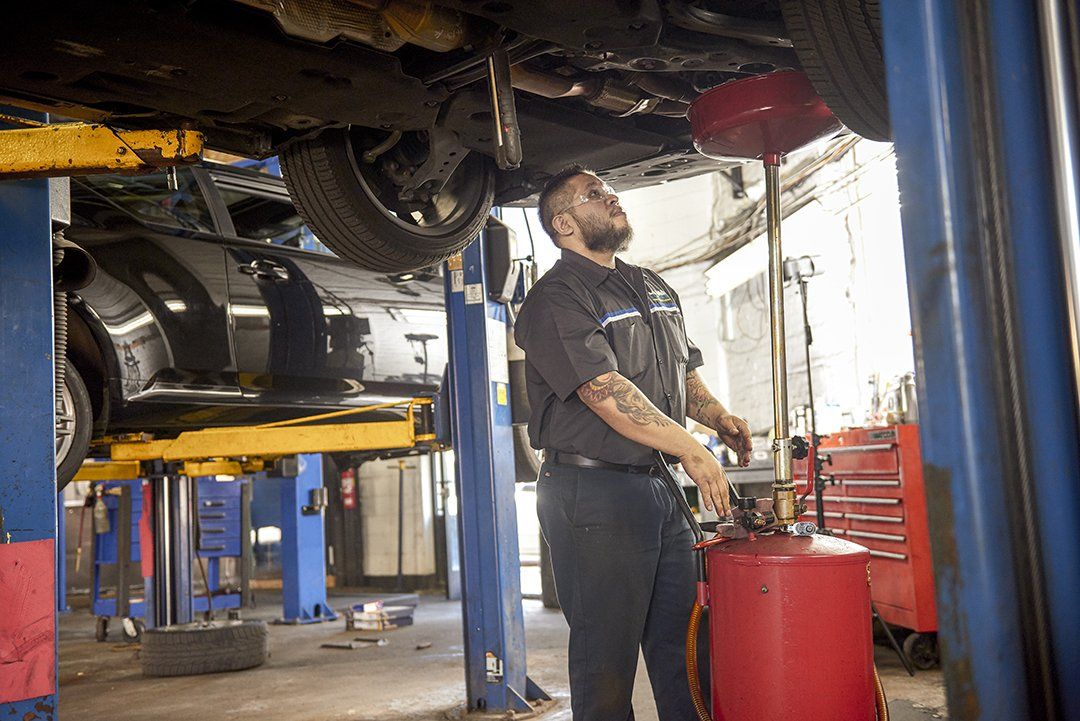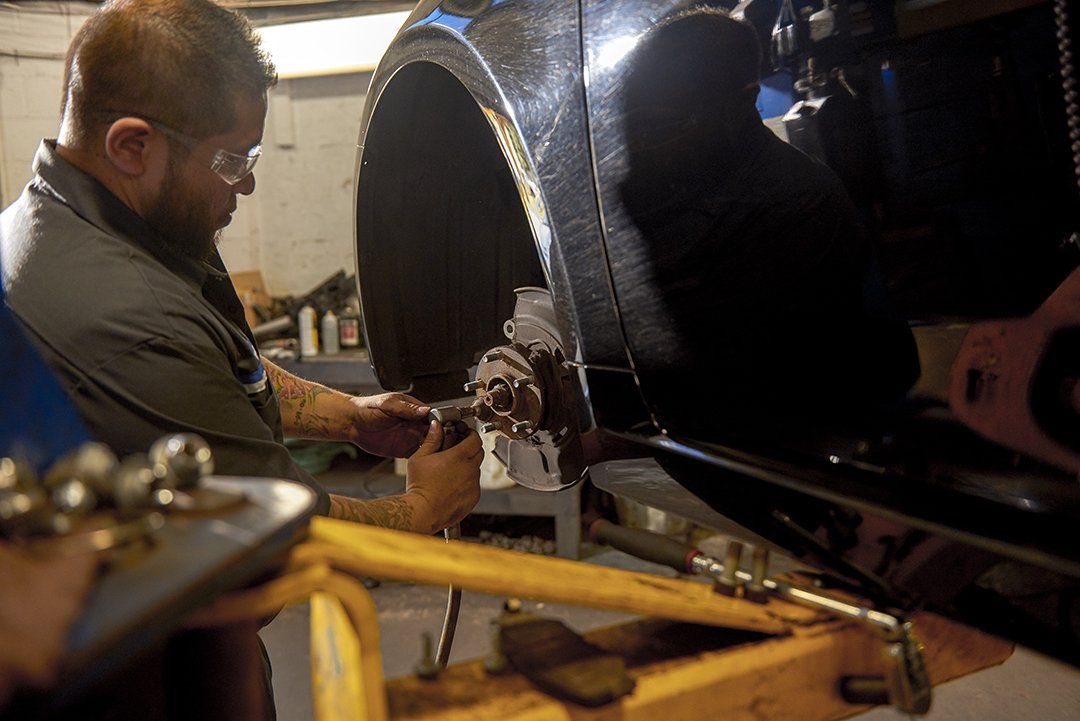Modern cars often come equipped with either 4x4 (4WD) or All-Wheel Drive (AWD) systems, both created to enhance grip and control. While they serve similar objectives, their applications and performances vary.
4WD systems, commonly found in trucks and SUVs, are engineered for off-road conditions and heavy towing. They permit vehicle drivers to change in between two-wheel drive (2WD) and 4WD modes, supplying flexibility based upon terrain and driving requirements. This versatility makes sure optimum performance whether navigating city streets or rugged trails. Nonetheless, the included elements in 4WD systems can bring about enhanced upkeep requirements and prospective for repairs.

AWD systems, on the other hand, are usually discovered in cars, station wagons, and cars. These systems immediately disperse power to all four wheels, improving grip in various driving conditions without motorist intervention. While AWD uses enhanced taking care of and security, especially in adverse climate, it also introduces added mechanical complexity, which might necessitate much more frequent maintenance.
Normal examinations and upkeep are crucial for both systems to make sure durability and dependability. Parts such as differentials, transfer instances, and centers need to be routinely inspected by certified professionals. Appropriate maintenance not just stops costly repairs but additionally ensures that your vehicle performs optimally, no matter of the driving problems.

Check for more info at Logan Square Auto Repair - Four-Wheel-Drive System Service & Repair Facebook Youtube Instagram
Latest Posts
The Benefits of Setting Up a Home EV Battery Charger
Maintain Your Vehicle Powered with Expert Battery Solution at Modern Nissan of Hickory
Signs You Required a New Battery-- Allow Modern Nissan of Hickory Assistance
Navigation
Latest Posts
The Benefits of Setting Up a Home EV Battery Charger
Maintain Your Vehicle Powered with Expert Battery Solution at Modern Nissan of Hickory
Signs You Required a New Battery-- Allow Modern Nissan of Hickory Assistance